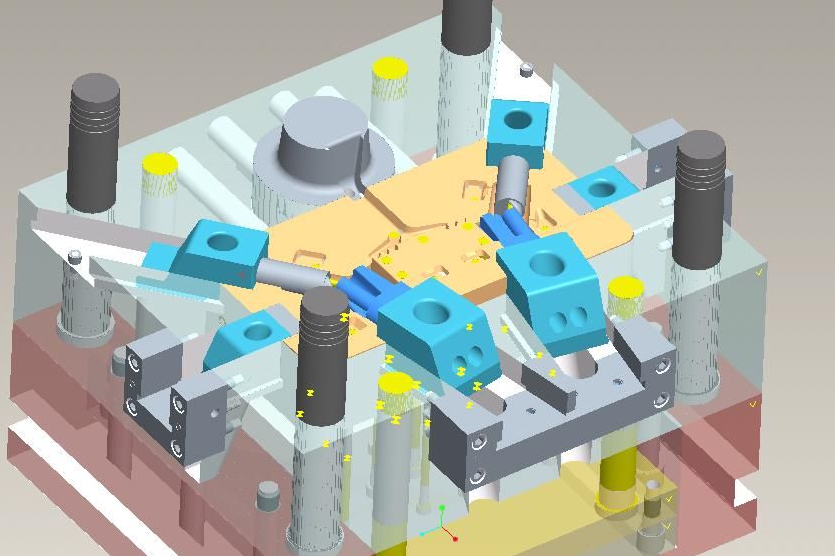Measure several major indicators of the level of die-casting mold technology

The level of mold technology is ultimately reflected in many aspects such as mold manufacturing cycle, mold life, mold accuracy and rigidity, mold manufacturing cost, mold standardization, etc. These are also the basis for evaluating mold economic and technical indicators.
1. Mold manufacturing cycle
The mold manufacturing cycle reflects the level of production technology and organization management of the mold companies. In the manufacture of molds, we should try to shorten the mold manufacturing cycle. At present, in order to shorten the mold manufacturing cycle, computer-aided design molds and CNC machining technology are used. The use of these methods for the design and manufacture of various types of molds can shorten the mold manufacturing cycle by more than 60%.
2 mold life
Providing mold service life is a comprehensive technical issue. At present, in addition to trying to research and correctly select the steel used in the mold to improve the service life of the mold, it should also be in the mold structure design, manufacturing process methods, commissioning equipment, heat treatment process, mold lubrication conditions, cooling methods and application equipment accuracy Improvements and improvements have been made in aspects such as maintenance and blank condition.
3 mold accuracy and stiffness
Mold accuracy can be divided into precision required for mold parts (ie accuracy of forming dies and punches, cavities, etc.) and precision required to achieve overall mold performance, such as parallelism, verticality, positioning, and guide fitting of surfaces. Accuracy. The machining accuracy is limited by the machining method and the accuracy of the processing equipment itself. Generally speaking, the precision of the mold, mainly refers to the shape of the die, punch and cavity size accuracy, it contains both static and dynamic accuracy.
For high-speed stamping dies, large-scale stamping dies, and precision plastic dies, not only are they required to have high accuracy, but also have sufficient rigidity under high-load working conditions without distortion.
4. Mold manufacturing cost
Under the various technical indicators, the lower the cost of mold manufacturing, the higher the level of mold technology, which requires that in addition to reasonable selection of mold materials, it is also necessary to reduce the number of processing hours and save various expenses when manufacturing molds. .
5. Mold standardization
Mold standardization is an important measure for professional production, and it is also an important measure to systematically improve labor productivity, improve product quality, and improve past management. Only by continuously expanding the scope of application of mold standardization and organizing specialized production can we fully meet the needs of users and make molds free to purchase and sell in the market like commodities.
Clothing Folding Packing Machine
Clothing Folding Packing Machine is designed mostly for small, medium and larger sized clothing workshops, laundry, garment manufacturing, and more other applicable textile areas with more comprehensive and flexible function.
The average capacity is around 500-700 pieces per hour, which is far fast than Simple Clothing Folding Machine.
Clothing Folding Packing Machine contains many systems like Folding Packing With Sealing , Folding Packing With Stacking, Folding Packing With Feeding and Folding Packing With Labeling.
This type is well received for more kinds clothes packaging. It`s advanced version compared with Simple Clothing Folding Machine
Garment Folding Machine,Trousers Folding Machine,Shirt Folding Machine,T Shirt Folding Machine
ShenZhen Lingchuang Automated Technology Co.,Ltd , https://www.szlcauto.com